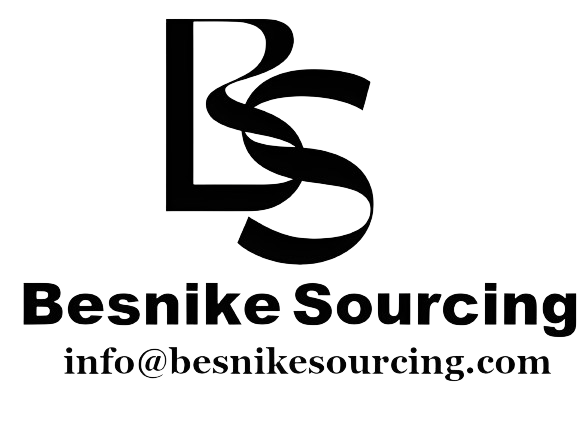Quality Control and Goods Inspection
Tailored inspection criteria
We understand our customer’s product requirements and Source One follows strict guidelines to source products accordingly. To that end, one of the key functions in our process flow is to make certain the products shipped and received by our customers meet their quality requirements. All shipments must pass a final quality assurance check conducted by our inspectors prior to being released for shipment. The inspection guidelines include general inspection criteria, specific inspection criteria and more. At Source One we help our customers tailor the inspection criteria per their particular requirements.
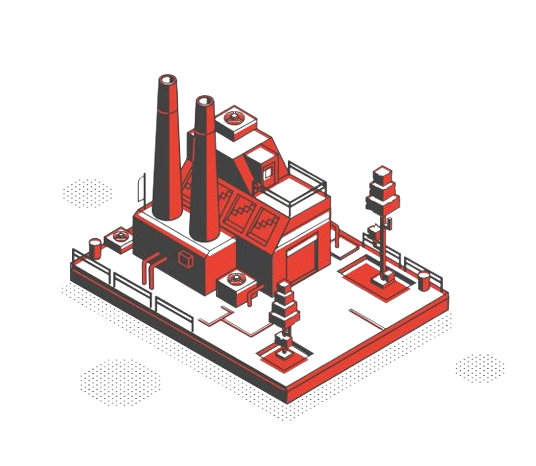
Factory Field Audit
Further difference in Source One’s model includes factory field audits to confirm a supplier’s capabilities Source One quality managers help our customers determine if a supplier /manufacturer conforms with the required business and production standards to deliver high quality products and services. The factory field audit follows Source One’s strict guidelines and control plans to make certain the on-site factory audit verification process is performed effectively. The assessment includes a long check list of factory documents, certifications, rules and regulations, control plan of materials, inspection plan, production process control, quality system, R&D capability, etc. Photos will be taken and compiled into the assessment summary report for our customers to review in order to help with their final decision in awarding business to new suppliers.
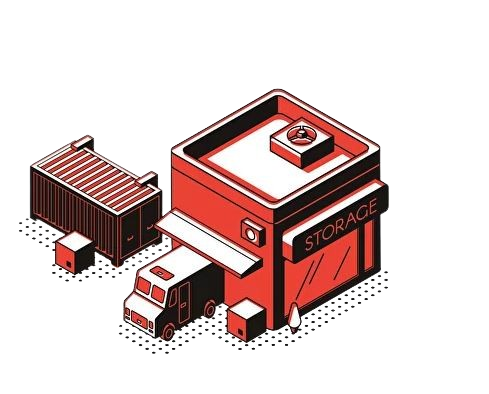
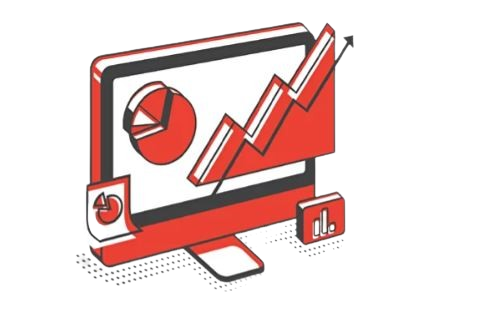
Specifications / sample testing / approved samples
Product qualification and specifications will be reviewed as PPAP by Source One for checking errors and functionality. This has become imperative especially to new product development with new suppliers. The PPAP verifies the supplier understands our customer’s engineering design specifications and requirements and that the manufacturing process is capable of consistently producing product meeting those requirements during an actual mass production run. The key elements are 1) Part Submission Warrant; 2) Drawing verification – all critical or key characteristics match the requirement; 3) Engineering or process change notification and approval; 4) PFMEA – Potential failure mode and effects analysis; 5) Dimension testing results; 6) Record of materials and performance test; 6) Qualify laboratory documents; 7) Appearance approval; 8) Checking aids; 9) Sample evaluation reporting before sending the actual sample production parts to the customers for approval and signed off.
Inspection criteria and AQL
Customer approved samples are the standard used to develop final AQL criteria. A defect classification check list will be developed to govern the general quality control point and criteria. The AQL standard utilized by SourceOne is Level II, with specific quantities of samples drawn randomly from the completed production based on the internally accepted standard table II-A of MIL-STD-105D. As such, a pre-defined number of defects are considered acceptable. 0-for Critical Defect; 1.5 for Major Defect; 4.0 for Minor Defect. For certain product types that require destructive inspections (e.g. remove packaging to verify the material inside) or have more complex procedures, special inspection Level S-3 will normally be applied.

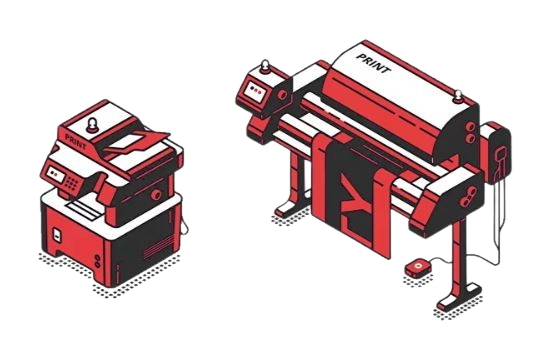
Inspection services – In-line and/ or final quality
For every shipment, a final quality inspection will be performed when 100% of the order quantity has been produced and packed into the final shipping cartons. If necessary, for new products, Source One can do an in-line inspection once production begins. We follow the Acceptable Quality Level (AQL) specified by our customers and will randomly sample test to identify the maximum percentage of defects that are considered satisfactory. If there’s no AQL specified by the customer or listed in the purchase order, Source One will make a recommendation to the customer for approval.
Classification of defects and categorization based on severity
Every Source One inspector is well trained and well versed with the technical aspects of the products. Defects are classified into four categories: Critical, Major, Minor and Trivial. The inspection report details the defects according to such as appearance, workmanship, packaging, product specification, weight & size dimension, functionality and other. The breakdown of the defect classification and recommendations are clearly defined and helps customers understand the inspection to determine how many of each type of defect they’re willing to accept in their finished goods.
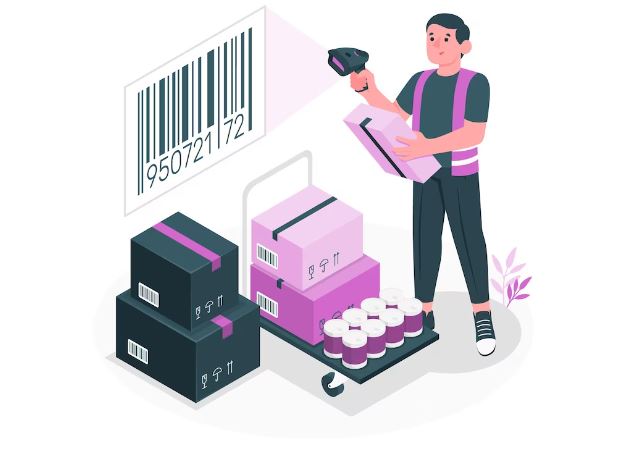
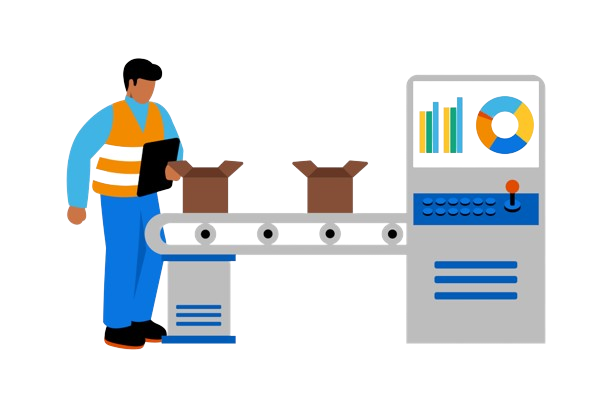
Reporting and customer approved corrective action planning
The inspection reports give a comprehensive Quality Control check list to describe all the findings upon completing an inspection. It includes an exhaustive list of common and known quality defects as to the product type. Customers will be able to make a decision on how many of each type of defect they’re willing to accept prior to shipment release.
